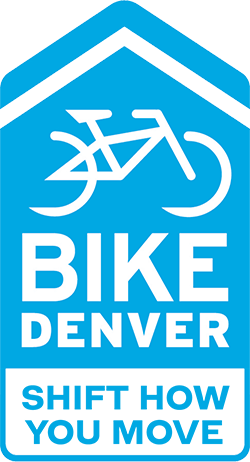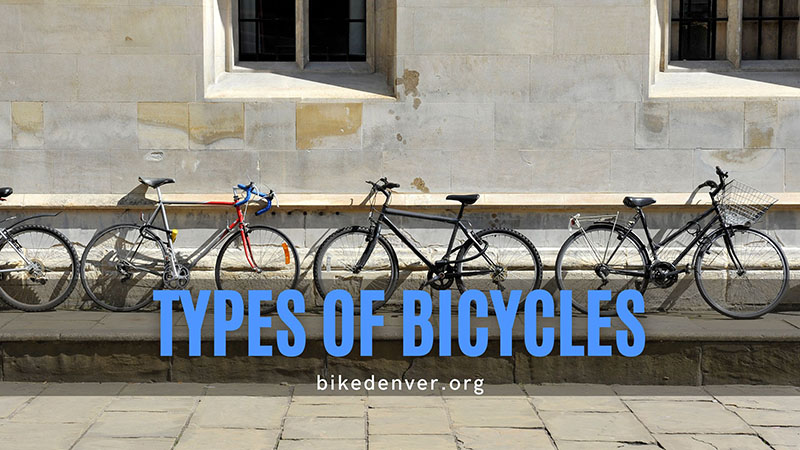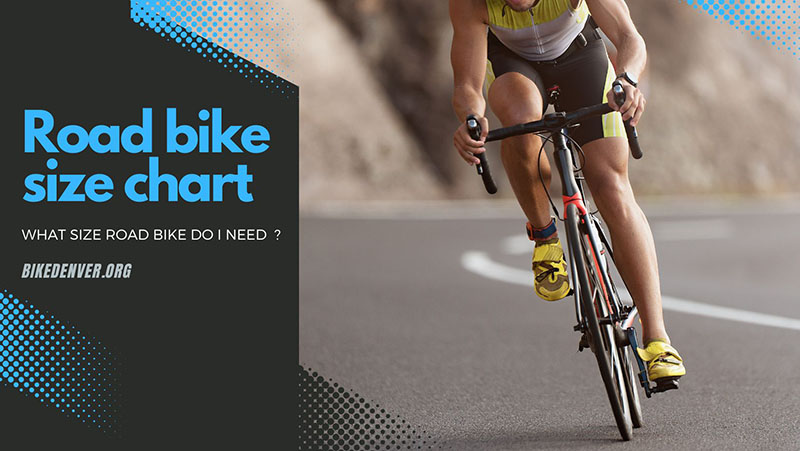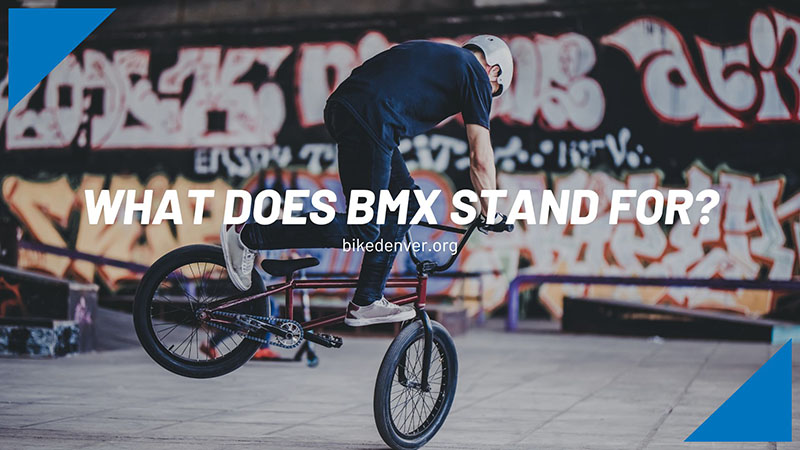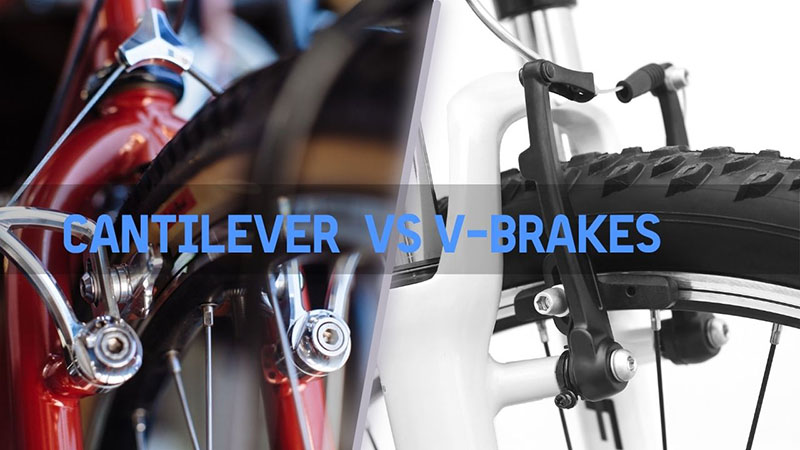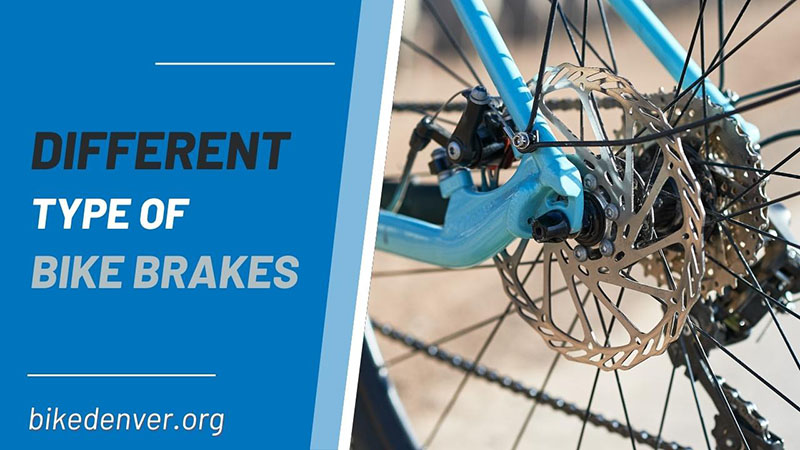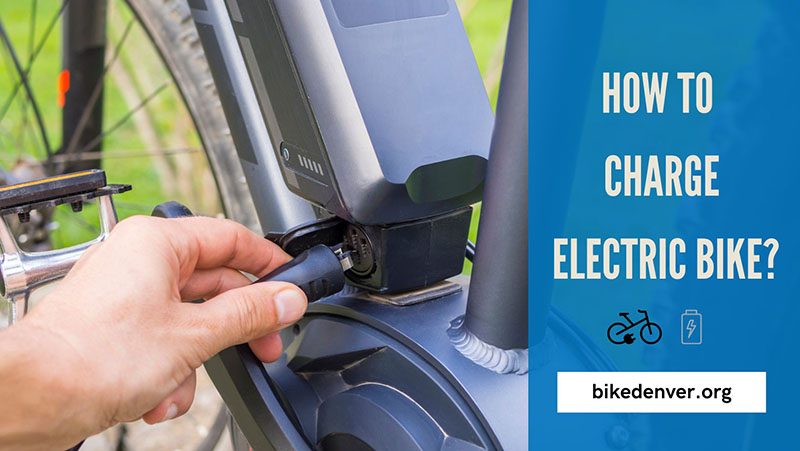Who wouldn’t know a bicycle? It has become so familiar that there’s no need for further introduction.
Still, you can not just go to any showroom and pick a random one. They are categorized into numerous groups for a reason, tailored for different purposes and demographics. Your failure to distinguish them and choose a suitable bicycle accordingly will lead to an extremely unpleasant riding experience!
This article is crafted to address these dilemmas, providing detailed insight into different kinds of bikes.
Table of Contents
13 Common Types Of Bikes
1. Road Bikes
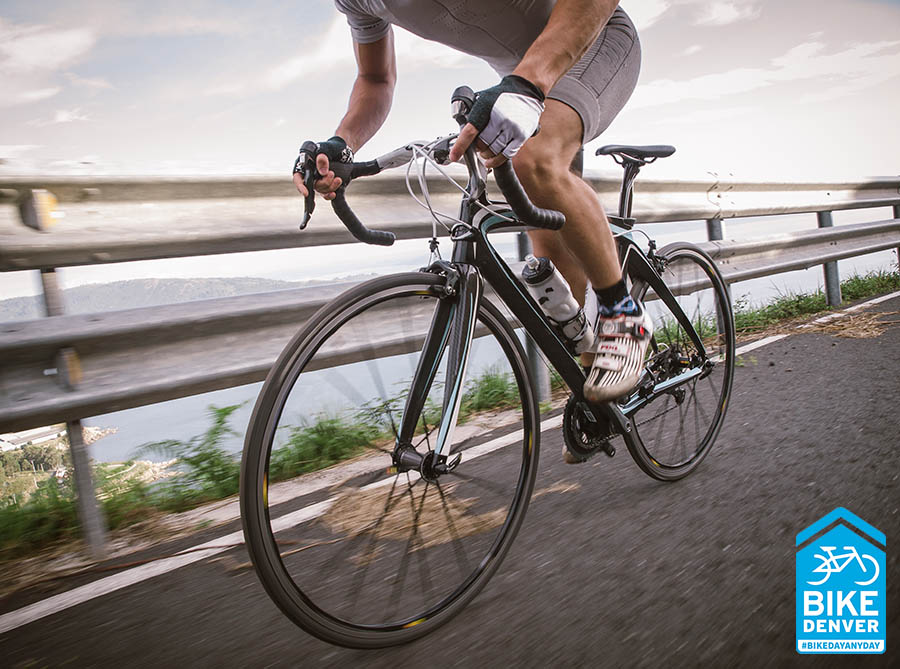
Main Characteristics and Features:
- Lightweight wheels, frames, and components
- Drop handlebars (though some use flat bars like mountain bicycles)
- Narrow tires and wheels
- Composite front forks (carbon fibers)
- No rear suspension or front
One of the most common bicycles on the list, these road bikes are produced to let riders traverse fast on every smooth pavement.
Hence, there’s no wonder these vehicles enjoy skinny, slick tires and convenient handlebars that prove magnificent on most on-road races. They also feel much more lightweight than other bike types.
Can we ride them on unpaved roads? Technically, you can, but inexperienced riders will find it a tad uncomfortable.
2. Mountain Bikes
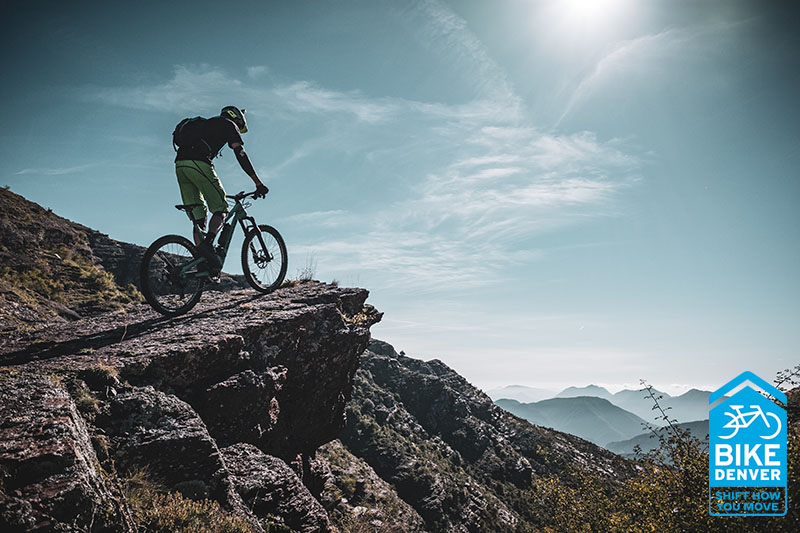
Main Characteristics and Features:
- Suspension fork
- Huge knobby tires
- Durable wheels
- Extremely high-power disc brakes
- Straight handlebars (extra-wide) to handle balance on rugged terrains
- Wide-ratio gearings for topography (ex: fast descending, steeper terrains and climbing, etc.).
Mountain bikes (also called “off-road” bicycles) are designed specifically for uneven and rough terrains. Thus, there are palpable differences in terms of feels, looks, and builds compared to other popular bicycles.
From here, mountain bikes continue to be divided into four sub-categories:
- Cross-country (or XC). XC hardtail bikes often have little front travel (only 100mm), suited to off-road, flat surfaces such as forests, fields, and fire roads. We suggest using them for weekend rides or short tours in countryside areas.
- Trail Bikes. These recreational bikes are popular among riders of all types, amateurs and pros alike. Both dual and hardtail suspension designs are available at numerous price ranges and quality, so feel free to choose!
People prefer to use trail bikes for single tracks along jungle bike paths. Terrains with small obstacles and rocks are also another option.
- Enduro Bikes. They bear striking resemblances to downhill bicycles (which we will discuss later), except the gear ratio is larger to handle uphill cycling.
Most enduros feature dual suspension for minimum travel (140 to 160mm), accompanied by 29″ tires. Since they are only common in competitive racing, do not be surprised if the enduro is often quite pricey. In return, a wide range of high-end features are all set.
- Downhill Bikes. The most costly MTB of them all, downhill bikes work wonderfully with premium rear suspension, long front forks (about at least 170mm), and solid alloy/carbon frames.
These bikes are made to withstand even the most extreme weather condition and tackle large drops, tight corners, and steep downhills. Their wheels arrive in 27.5” or 26” with thick treads.
- Mullet Bikes. More or less similar to mountain bikes, one major difference is that their size wheels are mixed: large ones on the front and smaller wheels at the rear (identical to motocross bicycle wheels).
The most popular wheel sizes are 29” (front) and 27” (rear), though the 27.5 – 26” versions are also available.
See more: Mountain Bike Size Chart
3. Hybrids
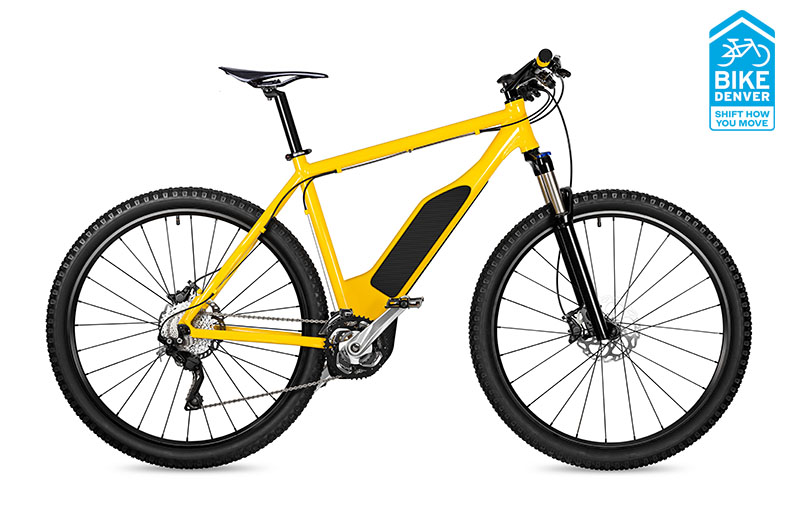
Main Characteristics and Features:
- Straight and flat handlebars
- Upright seat for better posture
- Light alloy frames
- Smooth tires and thinner rear wheels
The name says it all – a mixture of common features in mountain and traditional road bikes. That results in a general-purpose cycle suitable for numerous terrain types. People love using them for commuting due to that reason.
Still, compared to road and mountain bikes, hybrids are far more comfortable and relaxing. Aside from the lightweight mentioned above, their smart key point designs also play a part, which places the pedals and handlebars in all the most convenient spots for better enjoyment and faster speed.
4. Gravel Bikes
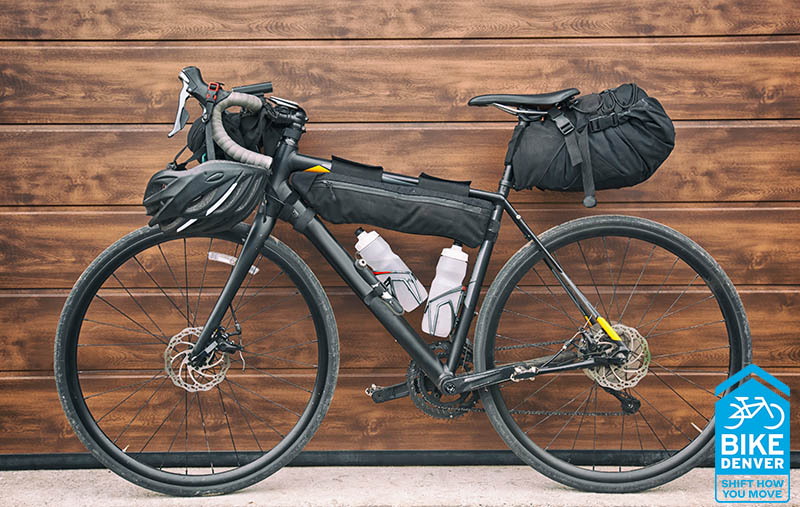
Main Characteristics and Features:
- Sporty frame geometry
- Drop handlebar
- Wider tires
- Low gearing
- Stable handling
Gravel bicycles, lauded as the all-terrain beast, are meant to handle all road surfaces, weather conditions, and gears – while still offering the best comfort.
Does the description sound familiar? Yes, since we use more or less the same words to describe the hybrids above. What’s the difference between the two, then?
For one, gravel road bikes use drop bars instead of flat bars, allowing them to fit narrow spaces easily. Also, hybrids prioritize upright riding positions, while gravels enjoy more aerodynamic positions. Hence, gravel bicycles are a much better option for long tours and trips.
5. Folding Bikes
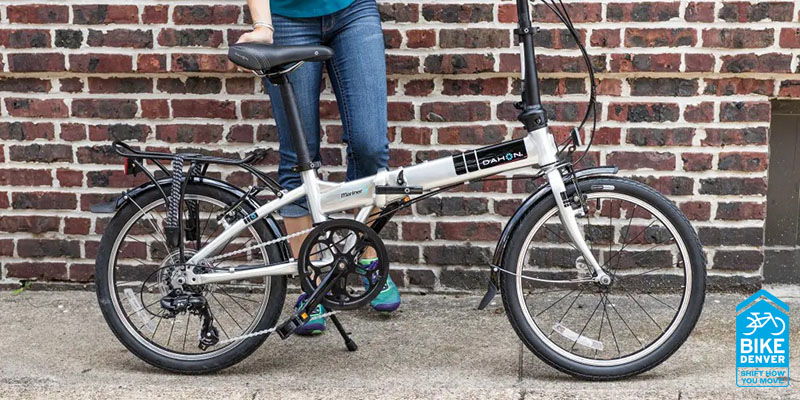
Main Characteristics and Features:
- Foldable into more compact shapes
- Easy storage
- Many adjustment options
Folding bikes are made to collapse into smaller forms, facilitating storage and transportation. Once they are folded, it’s much easier to bring them into buildings, your car trunk, or public vehicles (ex: commuters, buses, trains, etc.)
How about the folding mechanisms? The systems vary; each offers different combinations of durability, weight, ride, compactness, folding ease, and speed.
Hence, the prices for folding frame bike models are not the same, set apart by the mechanism complexities, structural requirements, and the number of parts involved. It’s actually quite common for a folding bike to get more pricey than its non-folding counterparts with similar features.
6. Electric Bicycles
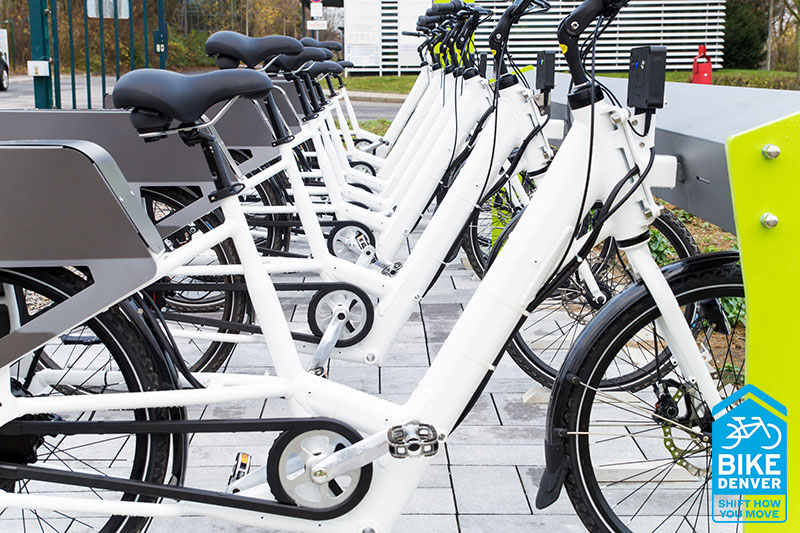
Main Characteristics and Features:
- Motors (Mid-drive, rear, hub, or all-in-one)
- Pedal power assist
- Battery (3-6 hours of charging)
- 40-80 pounds of weight – more than regular bikes
Electric bikes are motorized bicycles with integrated electric motors for better propulsion support. Numerous e-bike kinds are accessible worldwide, but most fall into these two categories: one that supports pedal power, and one that offers throttles to integrate moped-style functions.
E-bikes have become more popular in recent years, regarded as a healthy and eco-friendly alternative to small motorcycles, fossil fuel mopeds, and cars. Not to mention, compared to regular bicycles, they are also much less intense from a physical perspective.
View more: How to charge an e-bikes?
7. Touring Bicycles
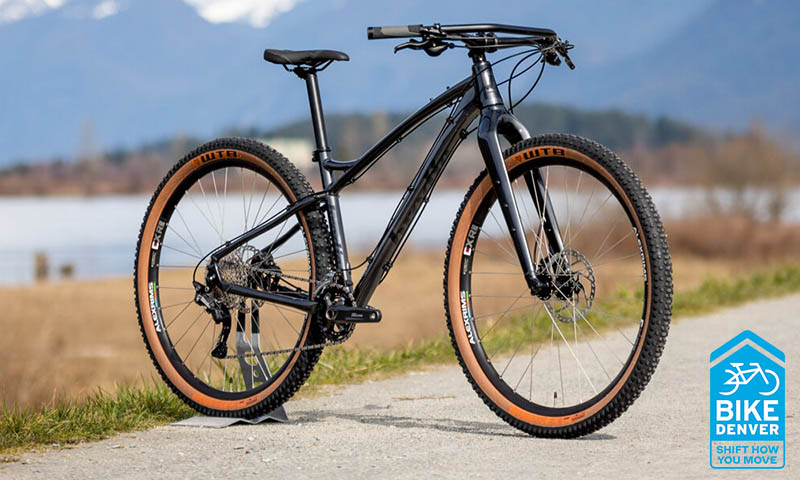
Main Characteristics and Features
- Basically look similar to usual road bikes
- Drop bars
- Upright position
- Solid geometry to support more weight
Multi-day trips are as easy as ever with touring bikes, even when carrying every required tool and equipment. Cases in point include weather gears, clothes, cooking utensils, food, and tent – depending on your riding purposes and plans.
On such trips, having a light on the bike will be terrific – even if you do not ride through the night. And touring bikes fulfill that need by offering a front-hub dynamo that produces constant power sources independent of electricity. Some models even have GPS computers to help confused riders navigate the way if they get lost.
8. BMX bikes
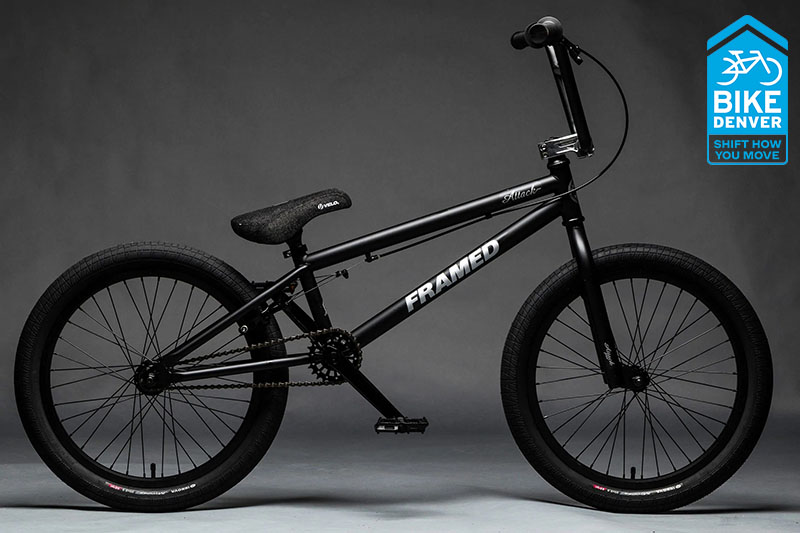
Main Characteristics and Features
- 20” wheels
- Long cranks
- Knobby tires
- Small saddles
- Upright handlebars and crossbars
- Rear hand brake lever
- Sturdy yet light frames (higher prices equate to more lightweight frames)
BMX – short for bike motocross – are adrenaline-fueled bicycles often seen in cycling sports. Many BMX disciplines are involved, most of which apply to off-road riding conditions.
These bicycles are well-known thanks to the small-sized wheels, frames, and simple designs, whose combined functionalities allow riders to control them in intense environments like pump tracks or skate parks.
Other features to define BMX bikes include lightweight structures and steady, thick tyres for better riding stability and durability.
9. Recumbent Bikes
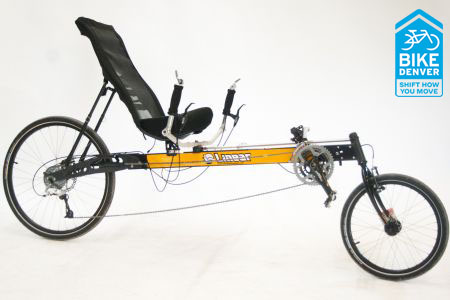
Main Characteristics and Features
- Wheelbase (Long and short)
- Handlebar placements (under seat vs. over seat)
- Direct/indirect steering system
- Front/rear-drive systems
If there is a bike that lets you sit in laid-back reclining poses, it must be a recumbent.
Most riders value their designs for numerous ergonomic reasons: for one, the cyclist weights are comfortably distributed over a spacious area supported by buttocks and backs. That’s a huge step up over conventional bicycles, which force your body weight to rest solely on sitting bones’ small portions, hands, and feet.
Furthermore, most recumbent bicycles offer endless aerodynamic benefits, thanks to the legs-forward position that presents much smaller frontal profiles.
View more: bike parts diagram
10. Single-Speed or Fixie Bikes
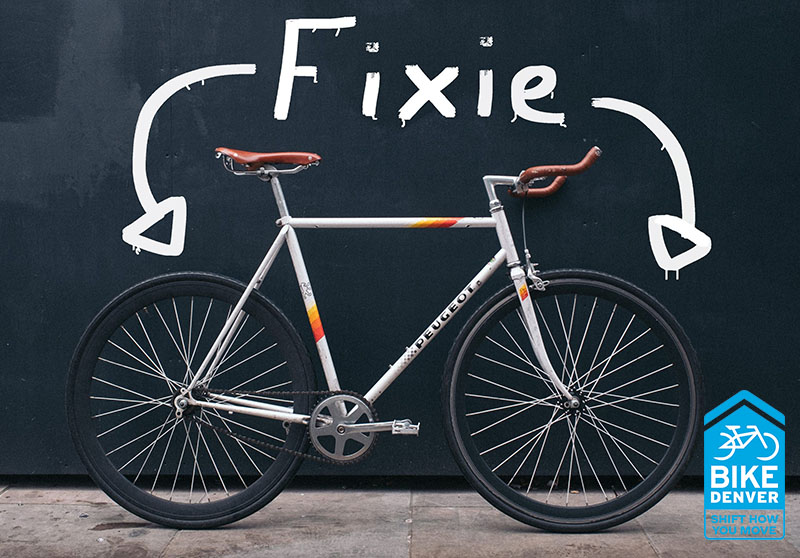
Main Characteristics and Features:
Compared to other types, single-speed bikes have just:
- One rear cog
- One chain ring
- One drive chain that runs between the cog and the ring
Single-speed bikes come with just one gear ratio with the absence of a derailleur or shifter. More specifically, the rear hubs do not have freewheel mechanisms; only one fixed cog is installed.
Whenever the wheels turn, so do the cog, the cranks, and your legs. Labeling it as the purest cycling form out there is not an exaggeration at all!
If you choose single-speed bicycles, numerous advantages are at play – especially the usage, maintenance, weight, and price. After all, there are much fewer parts that demand consistent maintenance procedures and initial outlays, which contributes significantly to the frame’s weight and your overall maintenance costs.
11. Cyclocross Bikes
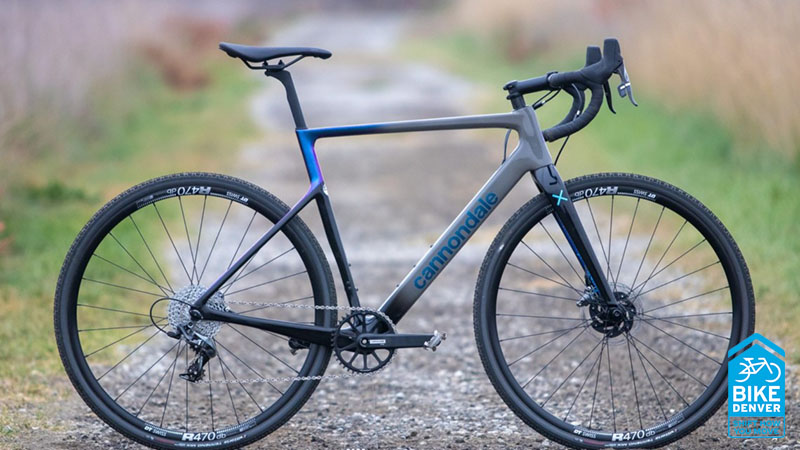
Main Characteristics and Features
- High bottom bracket
- Short chainstays
- Lower stack height
- Agile handling and aerodynamic/aggressive riding position
Cyclocross bikes thrive best on cyclocross courses (duh!), going through numerous terrain varieties like snow, rocks, sand, and mud. These races also include run-up periods that require racers’ bike dismounting. And to jump over the barriers set up through the race, you must either bunny-hop or dismount your vehicle.
These cyclocross competitions often last from 30 to 90 minutes at high intensity. Such short lengths mean riders don’t need to carry supplies typically required for gravel or road rides, like superfluous hydration, nutrition products, and tire repair kits.
Hence, without those bothersome storage features, riders can enjoy added speed and lighter chassis.
12. Klunker Bikes
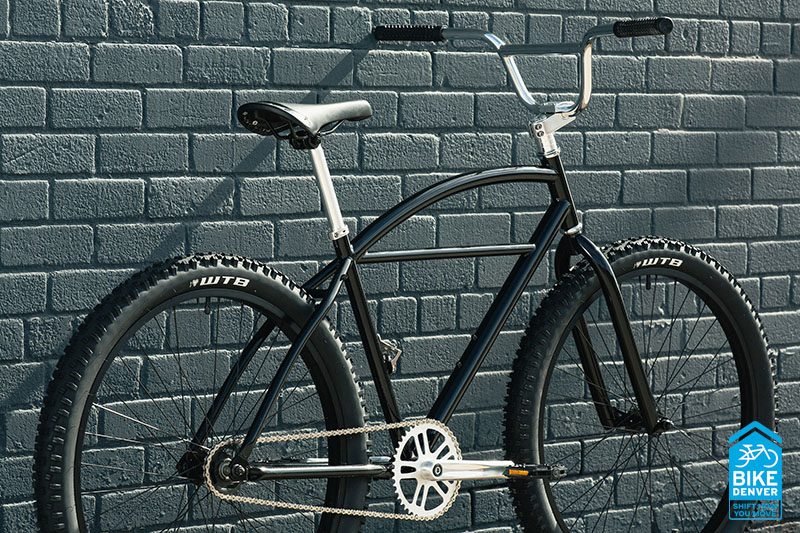
Main Characteristics and Features
- Suited to riders 5’5″ to 6’3″
- Durable steel forks and frames
- V-bar handlebars
- Extra-wide vans grips
- Retro-style saddle
“Klunker” sounds more like a weird-sounding brand name than a type of bicycle. That’s understandable – since it’s relatively new compared to other categories introduced above.
So what is it? Klunker refers to sub-trend bicycles with features borrowed from BMX-style, cruiser, and mountain bikes.
More specifically, the handlebars arrive from BMX designs, accompanied by mountain bicycles’ wheelsets, MTB and cruiser geometry, and basic cruiser gears.
All these compartments fuse to yield a comfortable and versatile bike that delivers impressive off-road abilities.
13. Women Bike
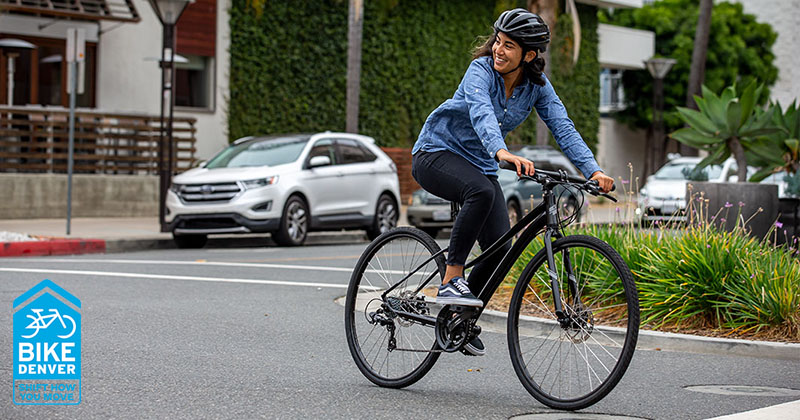
Main Characteristics and Features:
- Smaller-sized than men’s/general bikes
- Fit women’s average body measurements
Women’s bikes incorporate all the abovementioned bike types – except that they are specifically designed to support women.
It’s a must to understand why sometimes women struggle to ride regular or men’s bicycles: compared to the opposite sex, they are much shorter (usually so), with longer legs, shorter torsos, narrower shoulders, and smaller hands.
Hence, unless your body proportions are different than average women, we strongly suggest you turn to women-specific bikes for a better experience. They will address your shape nicely to eliminate itches, pains, and other discomforts on the road.
How to Choose The Right Bicycle?
1. Contemplate Your Intended Use
Do you wish to bring your bicycle to unpaved roads and trails? Then mountain bikes are the best option out of the bunch. Meanwhile, those living in a city (where no unpaved trails are present) will work better with city/road bikes.
On another note, racing bikes (a road bike variant) will never be practical/comfy for casual cyclists. Still, some regions only offer mountain and racing bikes. What to do, then? Try to find something in the middle, like hybrids or gravels, which combine mountain and road bike elements. With wider seats, thicker wheels, and light frames, they are terrific for people who want to enjoy both worlds – non-professional and professional riding.
While deciding which bike is the best, ask some other basic questions to set the foreground:
- What will be my average cycling time?
- How often do I use the bike?
- Do I need it for fun/entertainment, or transportation purposes?
- What bikes did you use to ride back then?
Answering all those inquiries will provide a great overview of what you want in this new bike.
For example, those who only need bikes as transportation can settle with a light and fast road bike. Others that need compartments to attach items (ex: baskets) would love hybrids and adventure bikes.
On the other hand, mountain bikes should be the first picks for riders who love riding trails and exercising.
2. Balance Price and Quality
Bikes vary in cost depending on your answers to these questions:
- What type do you want?
- Which features do you need?
- What is the material quality offered by the bike shop?
Sure, road bikes are great for speed and commuting – but sometimes, they can be costly due to the premium materials. Similarly, hybrids and cruisers’ price tags also surge if they offer more room to accompany other items like water bottles, saddles, etc.
A great tactic is to assess your long-term plan. If the bike is needed almost every day, investing in high-quality ones is a must – since they offer durable materials that last for years. Otherwise, it’s alright to pick something cheaper if you only use it once a month, for instance.
The Top Brands to Consider

According to many people, here are the eleven most premium bicycle brands in the world. Check out!
- Cannondale
- Specialized
- Trek
- Giant Bicycles
- Scott
- Santa Cruz
- Ride1Up
- Marin Bikes
- Rad Power Bike
- Lectric eBikes
- Kona Bikes
Conclusion
These guidelines have just depicted an inclusive overview of different styles of bicycle options, ensuring you understand what the current marketplace is offering. Now, you can name a type of bike with ease!
Other relevant tips on choosing the right bike models have also been covered – accompanied by a list of the most trusted brands in the world. Assess your budgets, preferences, and other factors carefully, and don’t forget to write to our support team if certain troubles persist!
View more: bike tire valve type
